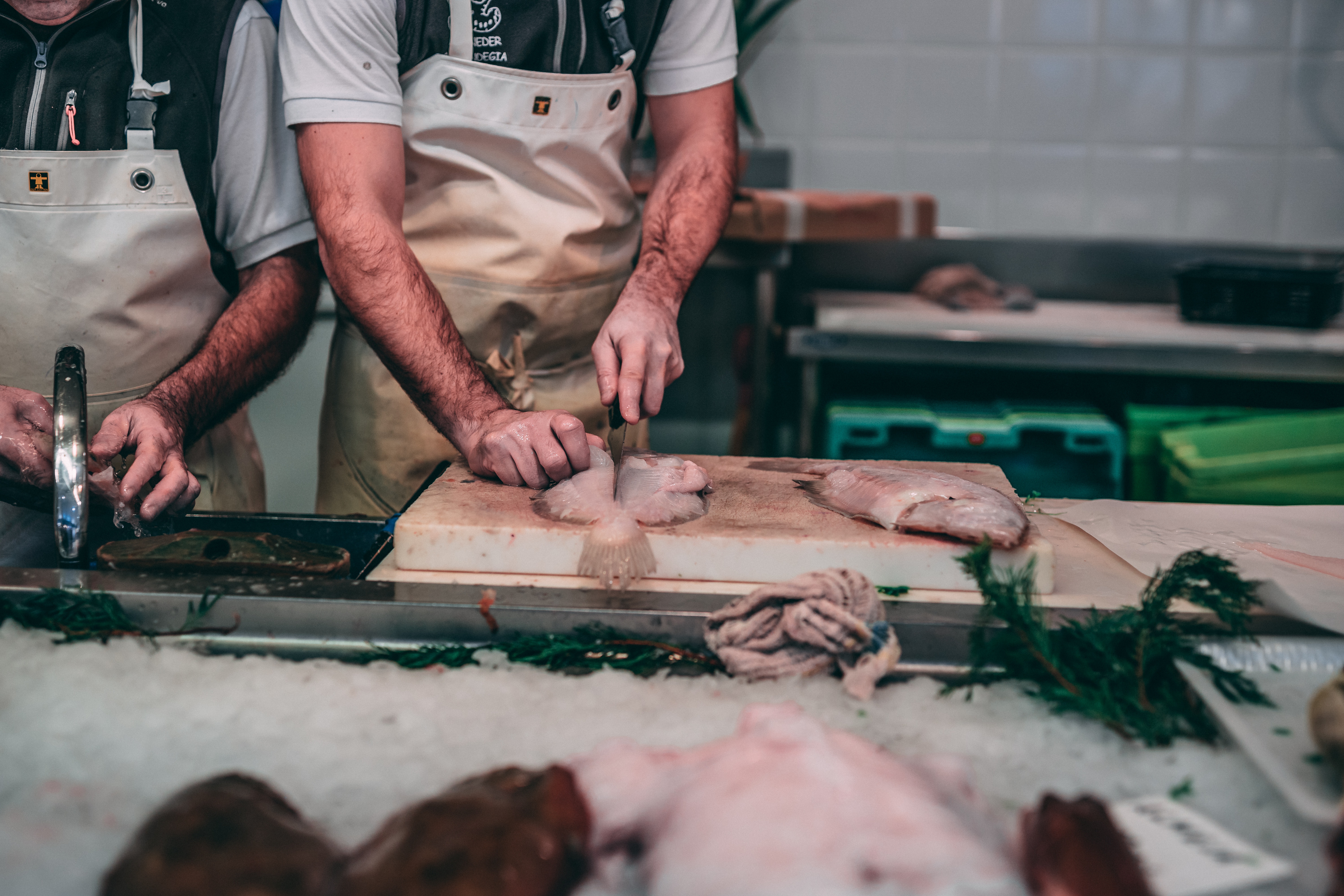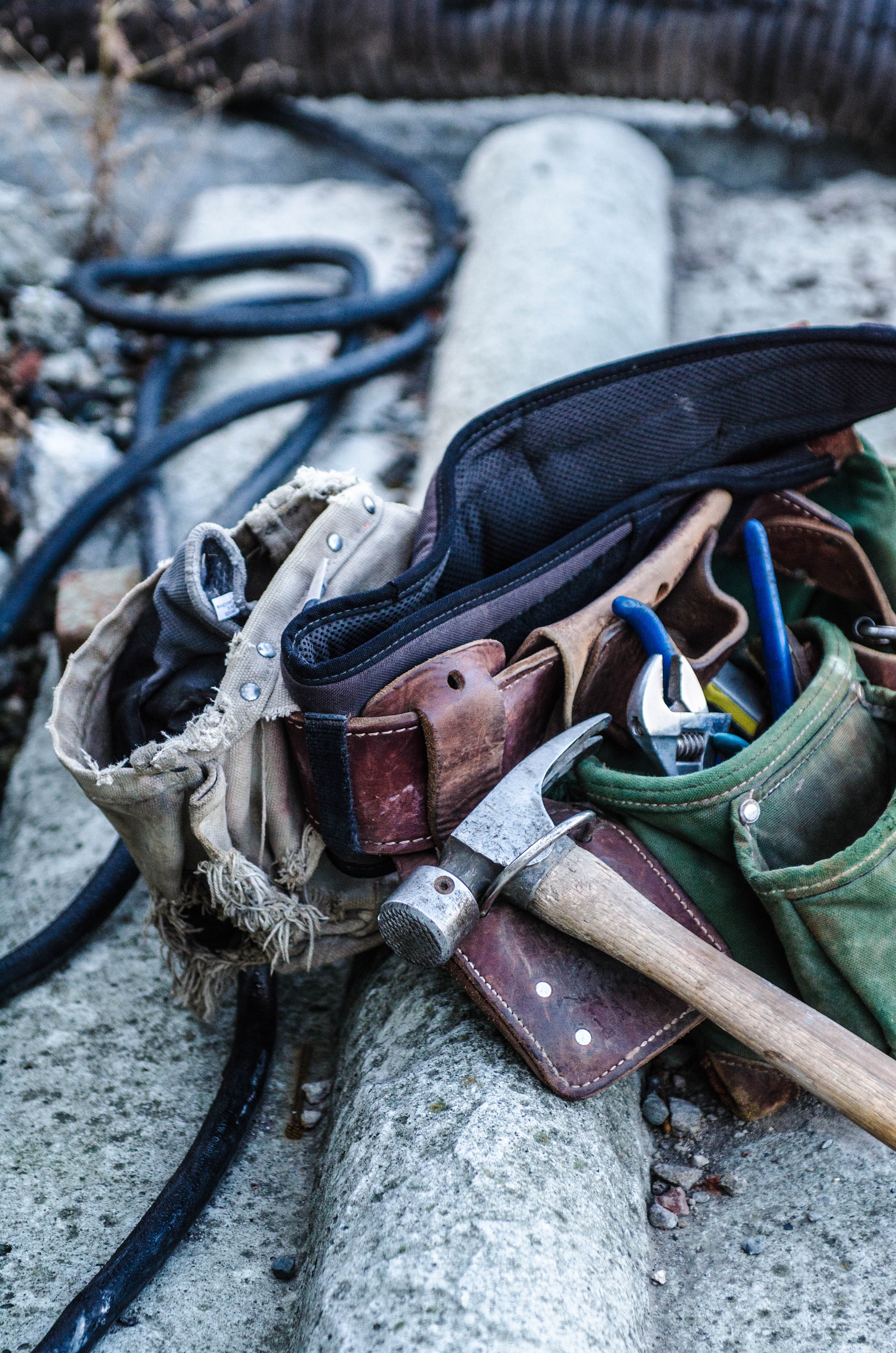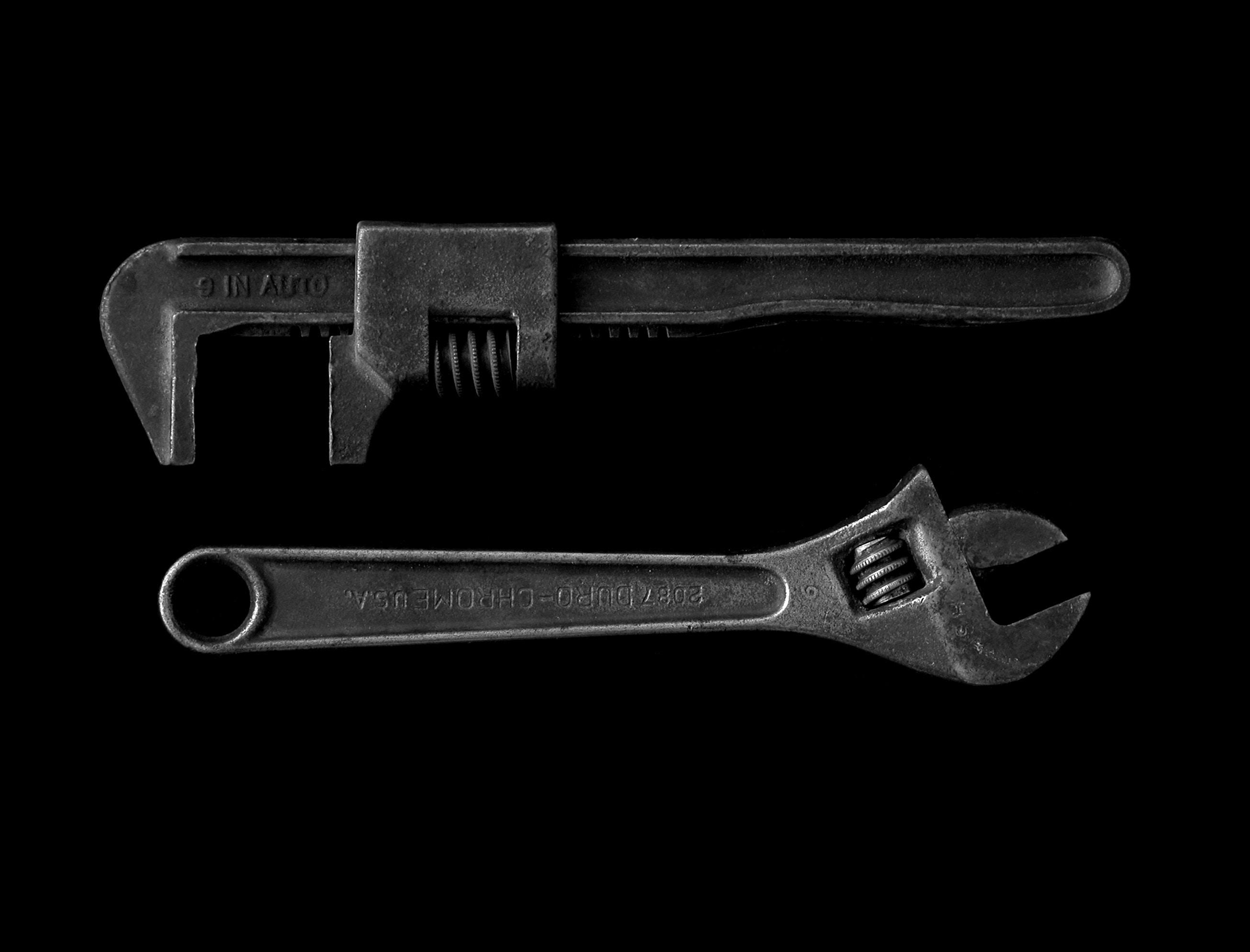Exploring the Biggest Maintenance Challenges in Restaurant Management
4 Min Read By Bryan Christiansen
While diners are occupied with getting their food and drinks on time, restaurant owners are tasked with providing a well-planned setting with almost zero room for mistakes or lapses. From strict quality control to providing pristine dining environments, the requirements to succeed as an enterprise in this niche are anything but easy.
Because its products are for human consumption, any complacency along the food preparation process can lead to contaminated products with the possibility of outbreaks, illnesses, and lawsuits. These unique features of the restaurant business mean that the maintenance manager has an important role to play behind the scene – right from the food preparation stage all the way to delivery to customers.
Below are some of the most common areas where maintenance challenges are the most noticeable in restaurant management.
1) Cleaning and Hygiene
In a restaurant, cleanliness is one of the most important factors in keeping old customers and attracting new ones. A clean location is so vital that according to a Harris Poll conducted for Cintas Corporation, 85 percent of Americans would not patronize a restaurant with negative online reviews about its cleanliness.
From fast food chains to mid-level and upscale traditional restaurants, cleaning remains a challenge because of the volume of food and beverages being moved around and the human traffic in and out of the facility. And, cleanliness is not just about satisfying patrons – it’s required by law.

To remain in business, these organizations need to implement strategies for peak cleanliness all day long. Special areas of concentration include the kitchen, dining area, floors, and restrooms. Here are a few things restaurant maintenance managers should pay attention to:
-
Frequent inspections of restrooms, kitchen, and dining areas.
-
Adopt prompt pest detection and control measures.
-
Round-the-clock but unobtrusive cleaning and disinfection.
-
Quick removal of refuse.
-
Staff cleanliness and hygiene.
-
Daily, weekly, monthly, and annual cleaning checklists.
2) Physical Asset Management
A modern restaurant can cost anywhere from $100,000 to $500,000 or more, depending on the location, size, and type of equipment you need. From ovens to freezers, HVAC units, fryers and stoves, each equipment is needed to fulfill a specific part of the service delivery process.
But, it’s one thing to have all the right equipment and quite another to have everything running smoothly. Any unplanned breakdowns can severely affect the ambiance of the location and even disrupt services for the entire day.
As a result, maintenance managers must ensure well-maintained assets through a preventative maintenance plan. However, that’s not the complete picture because a major challenge is that much of this equipment is required to run 24/7. That is why it is important for anyone that is in charge of maintenance to understand how to manage planned downtime.
In that case, every other activity can be planned well in advance to avoid disruptions related to the equipment that has been shut down. Doing the above will help food service businesses streamline their maintenance operations better, maximize productivity, and reduce costs.
3) Customer and Employee Safety
Information from the National Council of Compensation shows that restaurants face about four workers’ compensation claims for injuries every year with each restaurant paying an average of $45,600 per year. In addition, EHS Today reports that slips, trips, and falls are the most common causes of injury for food service workers.

Of course, these incidents are the result of a combination of the high pressure, high heat, and fast-paced conditions staff face in restaurants. They also show that special precautions should be in place to protect both the customers and staff of these establishments.
With the above in mind, here are a few common causes of injuries and how efficient maintenance managers can help improve safety on their premises.
-
Slips and falls: This is an environment where there’s always the likelihood of liquids, grease, and food particles dropping on the floor and increasing the risk of slips and falls. Try incorporating non-slip flooring and regular cleaning.
-
Fire: Unsafe handling of hot oil, food, and stoves can ignite flames that quickly become uncontrollable and spread from the kitchen to other parts of the facility. Automating some aspects of cooking, proper staff training, installing and frequently testing fire suppressing and fighting systems will help.
-
Overall maintenance: Adopt generally proactive maintenance activities through frequent safety audits and inspections. Also deploy digital tools like CMMS-enabled mobile devices that will help streamline safety protocols by making it faster to manage functions like workflow scheduling, safety checklists and audits, reporting, crisis response, etc.
4) Energy Efficiency
Estimates say that restaurants use almost three times as much energy as an average commercial building, but by adopting efficiency upgrades and actions restaurants can reduce energy consumption by 20 percent and increase profits by 30 percent.

The major sources that consume energy in restaurants include water heating, lighting, air conditioning, and baking. Certainly, these are all essential activities to keep the restaurant running but there are a few changes maintenance managers can use to reduce their impact on the company’s bottom line.
-
Opt for automated lighting controls.
-
Use ENERGY STAR qualified water heaters, cooking, and refrigeration equipment.
-
Cut equipment idle time and consider using automated controls that shut down appliances when they are not in use.
-
Research cloud-based energy management software.
Find out more about U.S. EPA energy management guidelines for restaurants here.
5) Regulatory Compliance
There are several regulations affecting restaurant businesses and violating either one can prove costly and dangerous. Thus, restaurant owners can find it challenging to remain compliant with every single rule.
For the maintenance manager, it’s a particularly tricky situation because they must find a way to comply with these procedures to protect the business, the assets, the patrons, and the staff. For instance, there are OSHA Restaurant Safety regulations as well as those from the U.S. FDA that may vary from one state to the other. Note that these agencies are permitted to carry out unplanned audits and inspections.
It’s important to know every one of these regulations and pay attention to the most critical issues especially cleaning and hygiene, operating equipment safely, employee safety, then food handling and storage safety.
The restaurant business can be rewarding, but it is a painstaking environment with challenges that carry heavy consequences. Food service establishments need to understand the risks upfront and ensure they employ the best of facility management practices so as to stay ahead and be successful.


